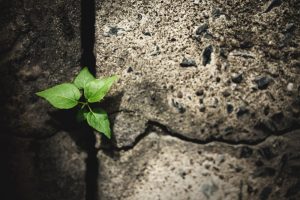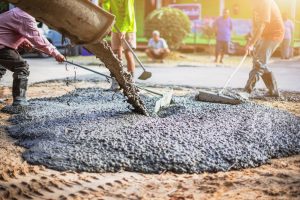Concrete is the backbone of modern construction, but its production and usage have significant environmental and durability challenges. Geopolymers, an innovative alternative to traditional concrete, have gained attention for their ability to address these issues while providing superior strength and durability. In this blog post, we will delve into a comparative analysis of the strength and durability of geopolymers versus traditional concrete, highlighting the transformative potential of this technology.
Strength: Geopolymers Take the Lead
When it comes to strength, geopolymers outperform traditional concrete in several aspects. Geopolymers exhibit higher compressive and flexural strengths, enabling them to withstand heavy loads and resist cracking. The formation of a three-dimensional network of geopolymeric bonds during the geopolymerisation process creates a dense and compact structure that enhances its mechanical properties. This improved strength is particularly advantageous for applications requiring high load-bearing capacities, such as bridges, high-rise buildings, and infrastructure projects.
Durability: Geopolymers Prove Their Worth
Durability is a critical factor in assessing the longevity and maintenance requirements of concrete structures. Geopolymers have demonstrated excellent durability properties, surpassing those of traditional concrete. One key advantage is their resistance to chemical attacks. Geopolymers exhibit greater resistance to aggressive substances, reducing the risk of degradation and corrosion. This property makes geopolymers ideal for environments with high exposure to chemicals or harsh conditions.
Moreover, the low permeability of geopolymers acts as a barrier against water ingress, protecting embedded reinforcement from corrosion and minimizing the potential for deterioration. This improved durability translates into reduced maintenance costs and increased service life for structures constructed with geopolymers.
Environmental Impact: Geopolymers Take the Lead
The production of traditional cement, a major component of conventional concrete, contributes significantly to carbon dioxide emissions. Geopolymers offer a sustainable alternative, as they can be synthesized using industrial by-products such as fly ash or slag. By diverting waste materials from landfills and reducing the need for energy-intensive mining operations, geopolymers significantly lower the carbon footprint of concrete production.
In addition to reducing greenhouse gas emissions, geopolymers help address the issue of resource depletion. By utilizing industrial by-products, the demand for virgin raw materials is reduced, contributing to a more sustainable and circular economy.
Versatility: Geopolymers Open New Possibilities
Geopolymers provide designers and engineers with greater versatility in terms of shape, design, and application. Due to their excellent workability, geopolymers can be molded into intricate shapes, making them suitable for architectural elements and precast components. They also offer the potential for rapid curing, allowing for shorter construction timelines and increased productivity.
Furthermore, geopolymers can be engineered to meet specific requirements, such as improved fire resistance or enhanced thermal insulation. This adaptability opens up new possibilities for innovative and sustainable construction practices, paving the way for more resilient and energy-efficient structures.
Conclusion:
Geopolymers are revolutionizing the concrete industry by offering a compelling alternative to traditional concrete in terms of strength, durability, environmental impact, and versatility. With their superior strength, excellent durability, reduced carbon footprint, and increased design flexibility, geopolymers demonstrate their potential to shape the future of construction. By embracing this transformative technology, we can construct sustainable and resilient infrastructure that meets the challenges of the present while ensuring a greener and more prosperous future.




